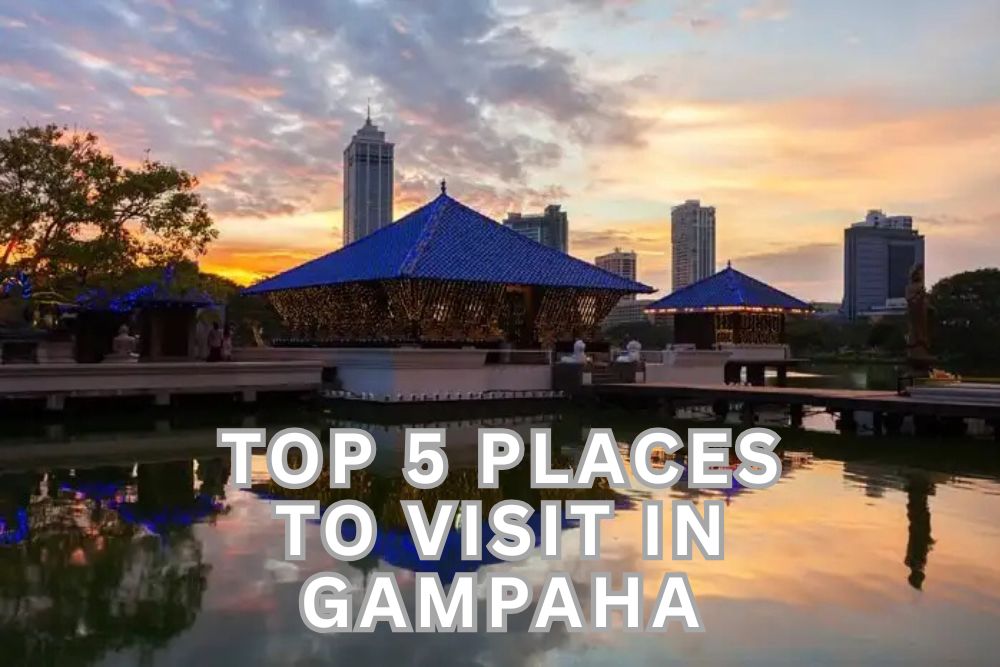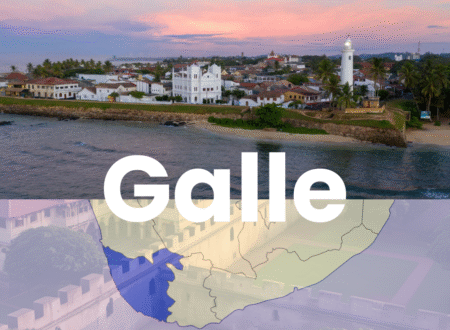Gampaha District, located in the Western Province of Sri Lanka, offers a perfect blend of natural beauty, cultural heritage, and spiritual significance. Known for its lush landscapes, ancient temples, and proximity to both Colombo and the hill country, this district serves as an ideal destination for those seeking diverse experiences within a relatively small area. Here are the top five places that showcase the very best of what Gampaha has to offer.
1. Kelaniya Raja Maha Vihara
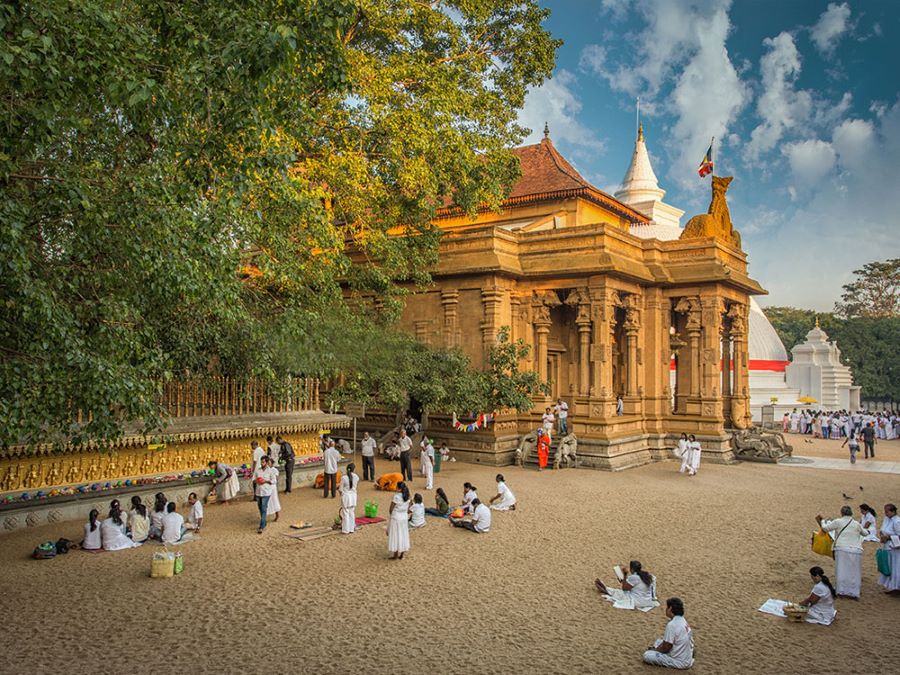
Kelaniya Raja Maha Vihara stands as one of Sri Lanka’s most sacred Buddhist temples, steeped in over 2,500 years of religious history. According to Buddhist tradition, Lord Buddha visited this site during his third visit to Sri Lanka, making it a place of immense spiritual significance. The temple complex features stunning murals depicting Buddhist Jataka tales and the life of Buddha, painted by renowned artist Solias Mendis. The annual Duruthu Perahera, held in January, transforms the temple into a spectacular celebration with traditional dancers, drummers, and decorated elephants. The temple’s location along the Kelani River adds to its serene atmosphere, while the modern stupa and ancient ruins create a fascinating blend of old and new architectural elements.
2. Negombo Beach and Lagoon

Negombo, often called “Little Rome” due to its strong Catholic influence, offers some of the finest beach experiences in western Sri Lanka. The golden sandy beach stretches for several kilometers, providing excellent opportunities for swimming, sunbathing, and water sports. The traditional outrigger fishing boats, known as “oruwa,” create picturesque scenes along the coastline, especially during sunrise and sunset. Negombo Lagoon, connected to the sea through a narrow channel, supports a thriving fishing industry and offers boat tours through mangrove forests where visitors can observe diverse bird species and traditional fishing methods. The area’s seafood restaurants serve some of the freshest catches in the country, making it a paradise for food enthusiasts.
3. Pinnawala Elephant Orphanage
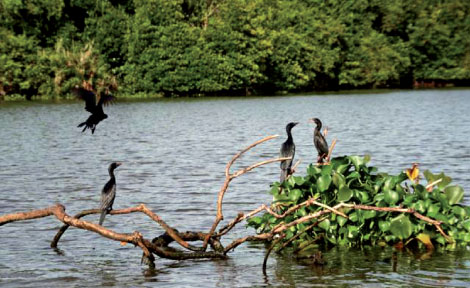
Pinnawala Elephant Orphanage, established in 1975, provides sanctuary for orphaned, injured, and abandoned elephants from across Sri Lanka. Home to over 80 elephants, this conservation facility offers visitors unique opportunities to observe these magnificent creatures in a semi-natural environment. The highlight of any visit is watching the elephants bathe in the Ma Oya River twice daily, creating unforgettable memories as these gentle giants play and splash in the water. The orphanage also houses a paper manufacturing unit that produces elephant dung paper, demonstrating sustainable practices. Educational programs help visitors understand elephant behavior, conservation challenges, and the important role these animals play in Sri Lankan culture and ecosystem.
4. Dambulla Cave Temple (accessible from Gampaha)
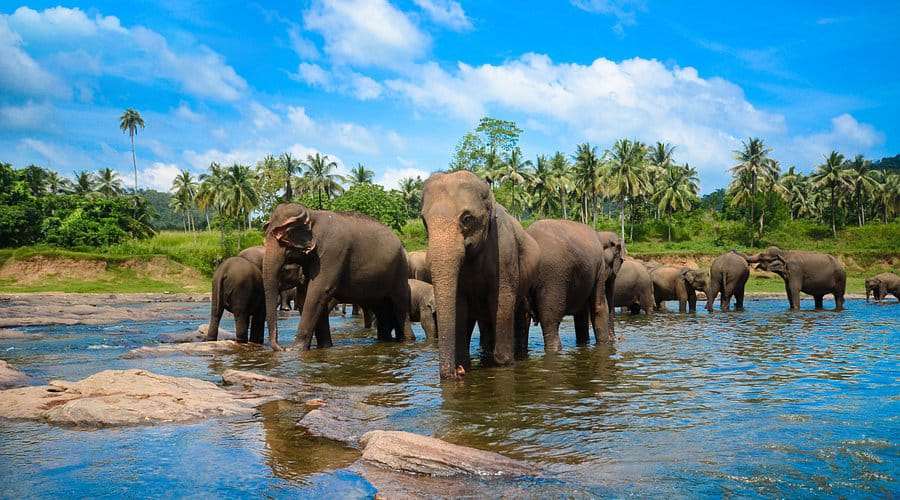
While technically located in Matale District, Dambulla Cave Temple is easily accessible from Gampaha and represents one of Sri Lanka’s most magnificent cultural treasures. This UNESCO World Heritage site consists of five caves transformed into temples, containing over 150 Buddha statues and extensive murals covering 2,100 square meters of painted surfaces. Dating back to the 1st century BCE, these caves served as refuge for King Valagamba and later became a center of Buddhist learning and art. The temple complex sits atop a 160-meter high rock, offering breathtaking panoramic views of the surrounding countryside. Each cave has its own unique character, with the largest containing 56 Buddha statues and intricate ceiling paintings that remain vibrant after centuries.
5. Muthurajawela Marsh
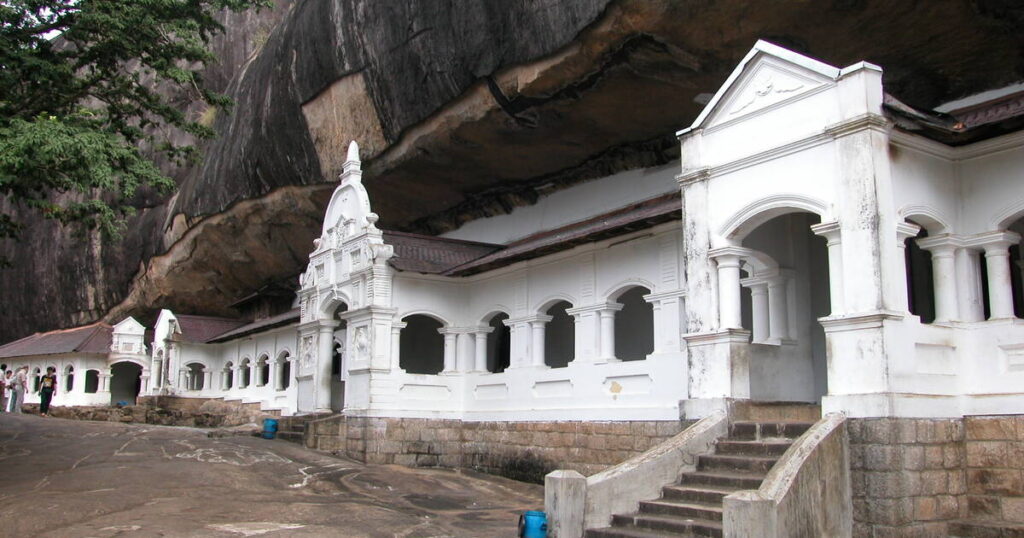
Muthurajawela Marsh represents one of Sri Lanka’s most important wetland ecosystems, covering approximately 6,000 hectares of diverse habitats including marshes, mangroves, and grasslands. This biodiversity hotspot supports over 194 bird species, 40 fish species, and numerous reptiles and mammals, making it a paradise for nature enthusiasts and birdwatchers. Boat safaris through the marsh’s waterways offer excellent opportunities to spot water buffalo, crocodiles, monitor lizards, and various endemic bird species. The ecosystem plays a crucial role in flood control and water purification for the Colombo metropolitan area while providing livelihoods for local fishing communities. Educational programs at the visitor center highlight the importance of wetland conservation and the marsh’s role in climate change mitigation.
Planning Your Visit
Gampaha District’s strategic location makes it easily accessible from Colombo via excellent road and rail networks. The district’s compact size allows visitors to experience multiple attractions within a few days, though each location deserves adequate time for proper exploration. The proximity to Bandaranaike International Airport makes it an ideal first or last stop for international visitors.
The tropical climate means early morning or late afternoon visits are most comfortable for outdoor activities. Most attractions are accessible year-round, though the dry season from December to March offers the most favorable weather conditions for sightseeing and outdoor adventures.
How far is Gampaha District from Colombo?
Gampaha District is adjacent to Colombo District, with Negombo being about 35 km (45 minutes) north of Colombo, and Kelaniya just 10 km (20 minutes) northeast of the capital.
What’s the best way to travel within Gampaha District?
Private vehicles or hired cars with drivers are most convenient. Three-wheelers work for short distances, and public buses connect major towns. Train services are available to Negombo and other key areas.
Are there entrance fees for these attractions?
Yes, most attractions charge fees. Pinnawala Elephant Orphanage costs around LKR 2,500 for foreign adults. Dambulla Cave Temple charges LKR 1,500. Muthurajawela boat tours cost approximately LKR 1,000-2,000 per person.
Can I visit all these places in 2-3 days?
Yes, 2-3 days is sufficient to visit the main attractions, though you might want to spend more time at places like Negombo if you enjoy beach activities and water sports.
What’s the best time to visit Pinnawala Elephant Orphanage?
Visit during feeding times (9:15 AM, 1:15 PM, 5:00 PM) or bathing times (10:00 AM and 2:00 PM) for the most active elephant viewing experiences.


